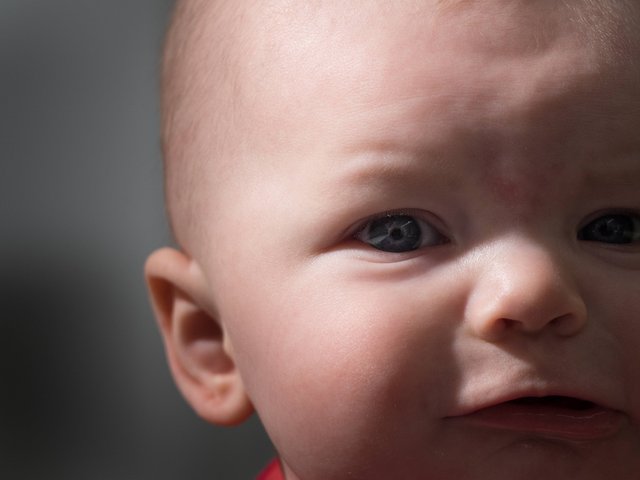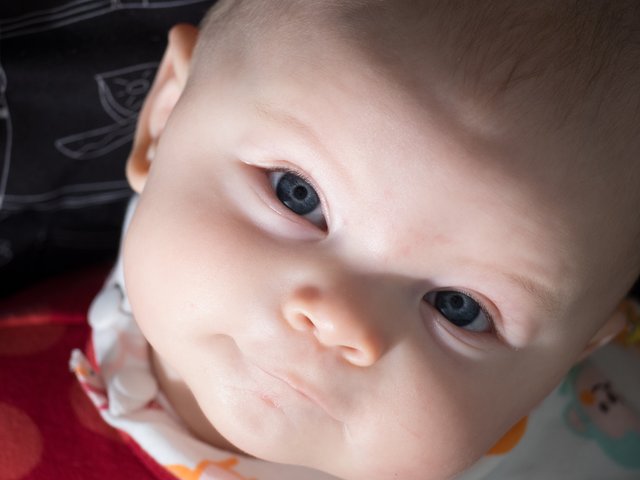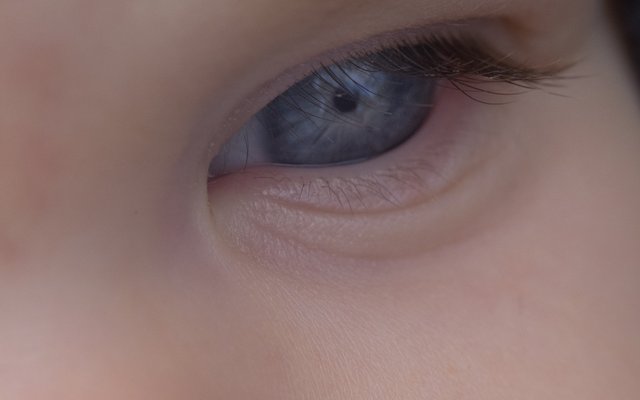Sheltered from Tears
I just came from having a coffee with a friend. He is visiting as he works abroad so we met at his hotel room. When I arrived, he was putting his two sons to sleep, their mother is at a two day training session. We don't see very often unless he visits Finland so when we do we talk about many things that we haven't had the chance to over the phone. The conversation has changed somewhat since he and then later, I had our children. There is definitely a lot more talk about the future and what is necessary now in order for them to 'be happy'.
I want to hold your hand
A funny thing had happened while visiting his mother's cottage. Both young boys at different times fell off the little wooden pier into the water. One fell twice. They were concentrating on playing and weren't watching where they stepped. Neither were in danger, as their dad was a couple of steps away and watching and the water was waist deep for them. They were soaked through though.
His wife called while we were speaking and he recounted the story to her when she inevitably asked 'How did it go?' After he got off the phone, he came back to sit down and said, 'she didn't see it in the same way as me. She thinks that I should always hold their hand'
He said that they disagree quite often on how much exposure to risk their children should face and he falls into the category that there should be some 'danger' experienced where there is some cost. We then talked about whether the difference (in general) is between men and women and, boys and girls.
We spoke that when we were young, cuts and bruises were a part of being a child. Skinned knees were common place, as were a whole range of injuries from kids being kids.
A tear or two
What we then questioned is if the way one is in childhood is an indicator of how one will raise children. For example, his wife, who was not a rough and tumble child is always very close to the kids and mentions her fear of their injury. My friend gives more space to let them fall down in. He obviously doesn't want the injuries either but he thinks some risk and failure is good.
My wife and I have talked quite a lot about this and she is in the same mind as me. Space to explore is good even though there are inherent risks involved. We both agree though, that the bigger risk is if none of the risks are faced until adulthood.
Another friend of mine bought a helmet for her baby to wear when she started walking so that she didn't hurt her head if she fell. I wonder though, does this make it safer for the child, or easier for the parent.
How I see this aspect though is that a few tears is part of being a child and it is part of understanding the limits of the body. Falling over, bumping a head, jamming fingers in a draw are important lessons for testing where the body is in space. In short time however, the child learns how to use the body within the space without injury.
Training all round
I also think that these events train the parent to pay attention also. Having a possible injury risk means parents must continually evaluate the environment and scan for potential harm or breakage. I am sure that most parents when visiting acquaintances' homes will walk and and do a quick scan of what is within child reach and how much it would cost to replace.
Wrapping a child in bubble wrap means less injuries but, I would imagine that it may result in a clumsier child in the long-run as the child will likely have less physical understanding of itself within the environment.
I assume there is a reason that 2 million years of human evolution has made babies slow to physically become competent and it is likely that it is because humans are the most skilled with tools. This dexterity requires a great deal of foundational development and neurological networks to join with the physical nervous system to support it.
Feed me please
Removing early pain as a feedback system to aid in the development is counter-productive to effective growth in a couple of ways I think. One is as mentioned the clumsiness factor but maybe a more important one is, pain tolerance itself. If the body doesn't experience different levels of pain early, I think that the fear of pain later in life is likely to be higher.
This may mean that a child will grow to avoid even low level pain like the discomfort of exercise which may also cross from the physical to the mental discomforts also.
I do not know much about this area yet but in my opinion, not letting a child explore due to fears of low level pain may limit their range to develop core skills and potentially the chance of discovering their interest areas of their interest area requires some pain tolerance like many sports do.
Now, I am not advising putting children in harms way to create a survival of the fittest situation or put them in danger at all as children should be protected from a whole range of suffering. But, children should in my opinion be given the space to be children and part of that is a bump on the head.
In my view, these early lessons are what keep children out of harms way later in life when the risks of injury go up and there is no parent there to protect. What do others think about this. Is it better to protect as well as possible from all pain or allow children to 'hurt themselves' in low level ways?
Taraz
[ a Steemit original ]




Its hard to get that balance - you want them to become resilient and be able to handle things and risks, but you don't want them hurt either. My wife and I often have discussions about this.
I think kids being kids is okay, falling down (not stairs), the odd scrape and bruise. But so many things are so insulated now that many have to be really unlucky to get hurt.
As they grow, the debate continues. Teens also are in danger, but the bumps on the head are potentially more dangerous. Keep your focus on communicating with your child. When they simply forget to think and ignore obvious danger, it is ok to jolt them back to being aware as long as the understand you love them. Communication will become increasingly important.
I agree with this, the teen danger is generally at higher levels so I wonder if learning the foundations 'helps' somewhat. The communication factor is very important, if not the most important thing to develop.
Parenting is all about weighing the benefits against the risks. If there are no risks, there are no benefits. I think it's important for kids to learn independence and be able to identify their own limits so that they can become healthy, self-sufficient adults. As a parent, my job is to keep them from doing permanent damage to themselves or others. 😀
I agree. I think that not enough risk in childhood may lead to permanent damage.
I agree with you when you say removing early indicators of pain can be counter-productive. My husband and I are the reverse of your friend and his partner. I allow for more space, more chance and more risk. I am cautious and check environment, but I believe imagination is also at risk when we limit experience.
Lack of imagination is the biggest risk of all in my opinion